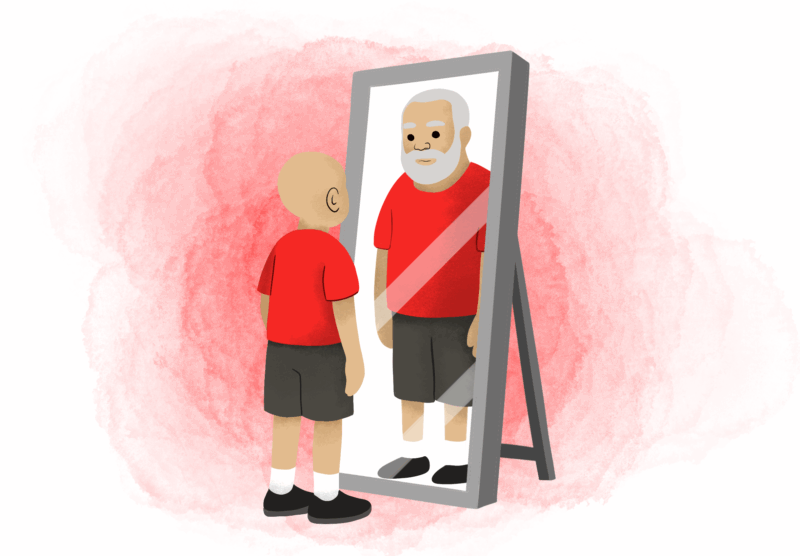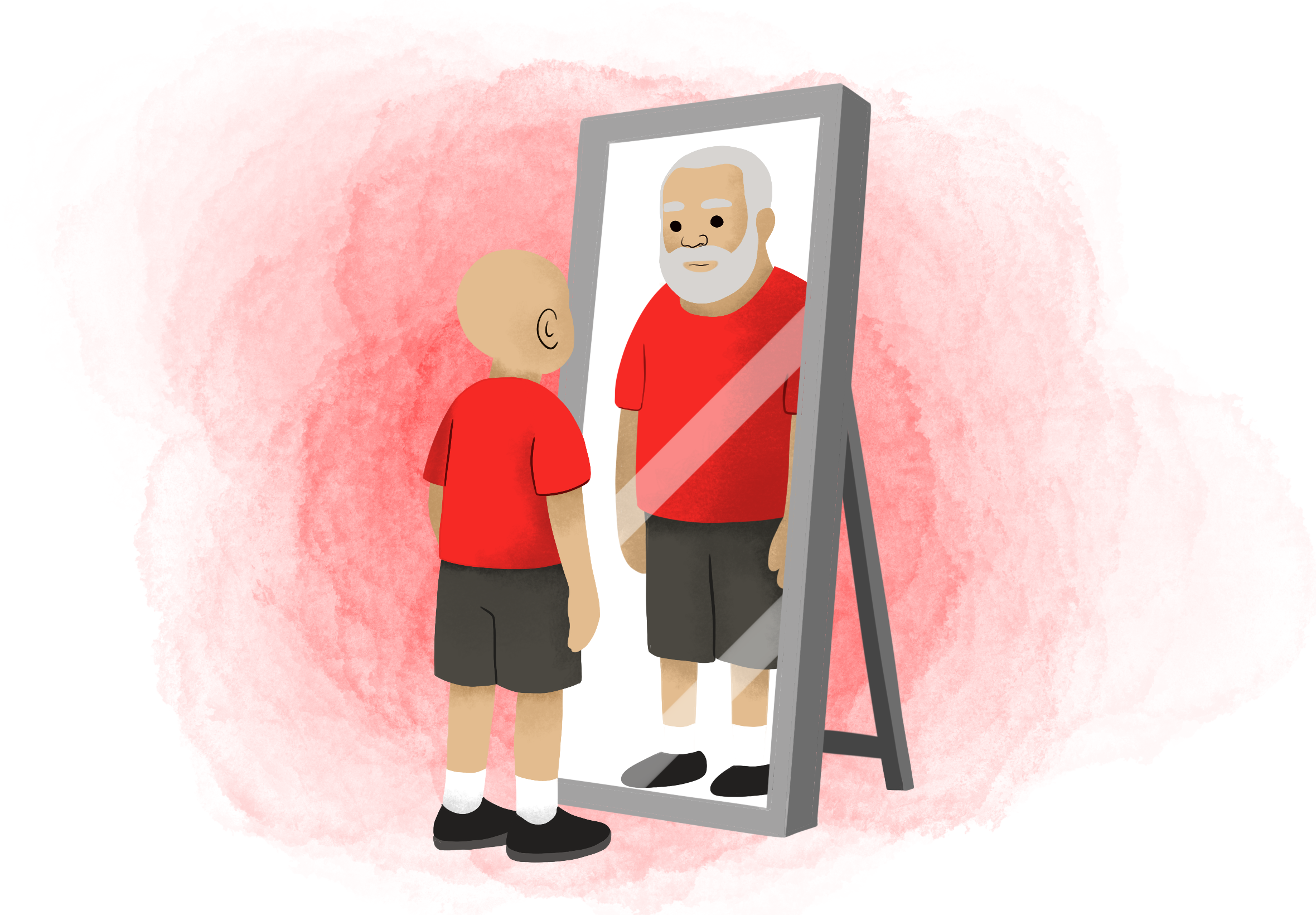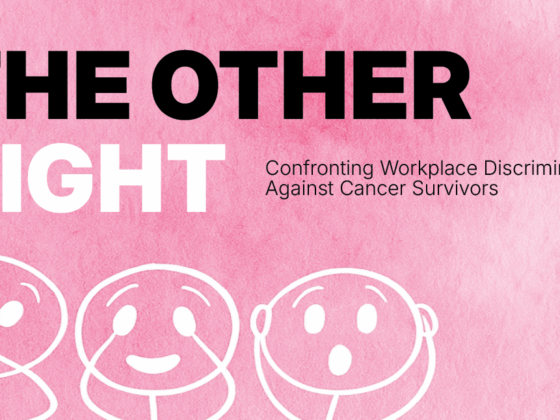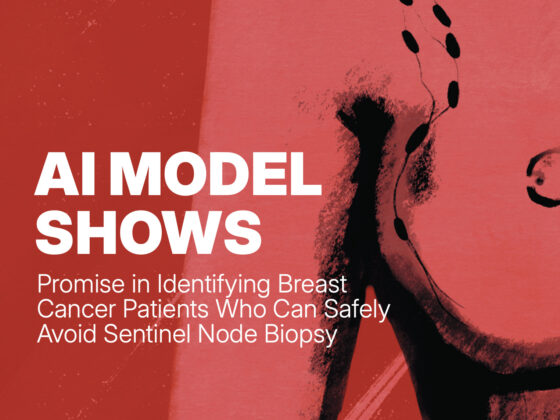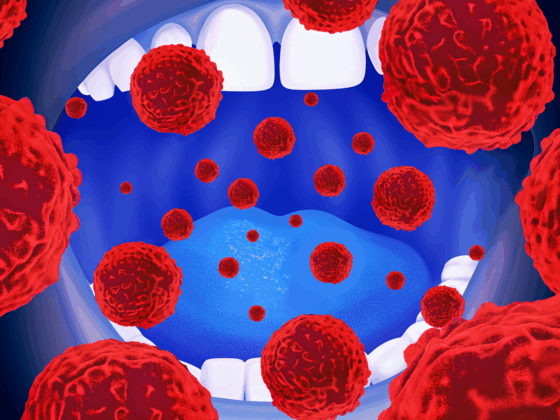Survivors of childhood cancer experience accelerated onset of ageing-related diseases, regardless of prior radiation exposure. The simulation modelling study, published in JAMA Oncology, online March 20, found that chronic health conditions developed 10 to 20 years earlier than expected and risks were up to three times higher than found in the general population.
“Our findings underscore the importance of prioritising cancer and CVD [cardiovascular disease] prevention and screening for survivors decades earlier than for the general population, regardless of diagnosis or prior radiation exposure,” write the authors, led by Jennifer Yeh, from Boston Children’s Hospital, Harvard Medical School. The study, they add, is the first to provide an overview of the risk of multiple conditions linked to childhood cancer treatment (previous studies have focused on single outcomes, such as heart failure).
In the US alone, approximately half a million individuals have survived childhood cancer and consequently carry a substantial burden of morbidity related to chemotherapy and/or radiation. The consequence can be premature death, resulting in a significant gap in life expectancy compared with the general population. Hypotheses suggest exposure to chemotherapy and radiotherapy may induce biologic/ genetic changes that contribute towards accelerated ageing, including chromosomal aberrations, mutations, clonal haematopoiesis, telomere shortening, epigenetic alterations, and mitochondrial dysfunction.
While cohort studies have estimated risks for individual chronic health conditions in early adulthood, the ‘trajectory’ into middle and late adulthood remains largely unknown as only a small per centage of participants are now older than 40.
For the current study, Yeh and colleagues estimate the lifetime risk of eight treatment-related chronic health conditions – subsequent neoplasms (breast, colorectal, glial tumours, and sarcoma) and cardiovascular conditions (heart failure, myocardial infarction, stroke, and valvular disease) in survivors of childhood cancer and compared them to the general population.
The team did this by developing the COMPASS model, which stimulates the clinical course of survivorship, including late recurrence of childhood cancers, chronic health condition risks and treatment-related excess mortality. Treatment-related risks were based on data from the Childhood Cancer Survivor Study (CCSS), a multi-institutional, prospectively followed-up cohort study of five-year survivors diagnosed at 31 North American institutions, which included approximately 20% of US childhood cancer survivors. The analysis, which projected lifelong outcomes beyond the CCSS follow-up period, included data from 22,585 participants diagnosed with cancer before the age of 21 years who were treated between January 1970 and December 1999 and survived five or more years post-diagnosis. All-cause and cause-specific mortality data from the US National Death Index were used from 25 institutions, with data from a further five sites reserved for validation.
Results showed that while 20% of individuals in the general population developed at least one health condition by age 65, among survivors of childhood cancers, this threshold was reached by age 47.3 years (representing a 17.7 year acceleration of disease onset).
By the time survivors reached the age of 65, 54.5% were projected to develop at least one condition, indicating a 2.7-fold higher relative risk and a 34.2% higher absolute excess risk than the general population.
Furthermore, 45.6% of survivors of childhood cancers were projected to die by age 65, versus 15% of the general population (three times higher).
Compared with the general population, survivors reaching age 40 had a 6.2-fold higher risk of developing a new condition within 10 years.
Risks for those treated with radiation therapy were higher (22 years earlier onset, 37.3% excess risk); but still elevated for those without radiation exposure (13.5 years earlier onset, 31% excess risk).
“By stimulating the clinical course of multiple CHCs [chronic health conditions], we captured the complex nature of frailty or snowballing of risks, which was prominent among survivors of all diagnoses. Consequently, survivors will have considerably greater health care needs as middle-aged adults, increasing further as they age,” conclude the authors.
In future studies, the team plans to examine how chemotherapy modifications, including dose variations in alkylating agents, anthracyclines, and platinum-based compounds, affect long-term outcomes. They are also using simulation modelling to look at potential costs and benefits of prevention strategies, including studying the impact of breast cancer prevention and colon cancer screening interventions.
In an accompanying editorial Smita Bhatia (University of Alabama at Birmingham) and F. Lennie Wong (City of Hope in Duarte, California), write, “The study ….demonstrated evidence for premature occurrence and higher risk of a select group of chronic health conditions in survivors of childhood cancer diagnosed before 1970 and 1999, reinforcing the need for preventive strategies such as screening for the diseases at an earlier age, to ensure early detection and appropriate management.”
Although lumping eight conditions together and simulating lifetime risk provides an overview of the magnitude of the problem, they add, it does little to guide clinicians as to when they should start the screening, for what conditions, and in which subgroups of patients. It is unclear, they write, why these particular eight chronic health conditions were selected, and why other conditions (such as cognitive impairment, cardiac dysrhythmia, pulmonary compromise, gonadal dysfunction, diabetes, hypertension, dyslipidaemia, and frailty) were excluded. Other limitations identified by the editorialists include the cohort only extending to 1999 (leading to nearly 25 years of contemporary treatments not accounted for) and no consideration of modifiable risk factors (smoking, alcohol, and physical activity) or cardiovascular risk factors (diabetes, hypertension, and dyslipidaemia).

